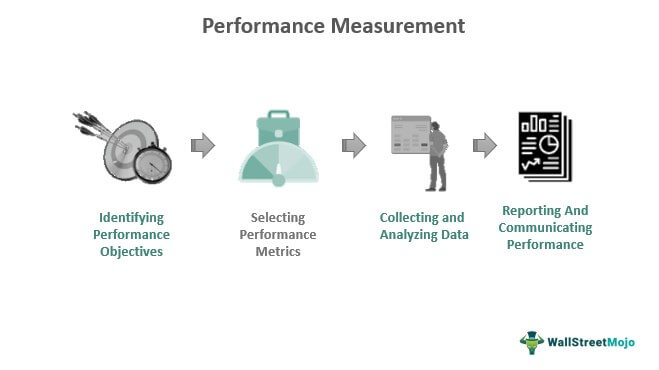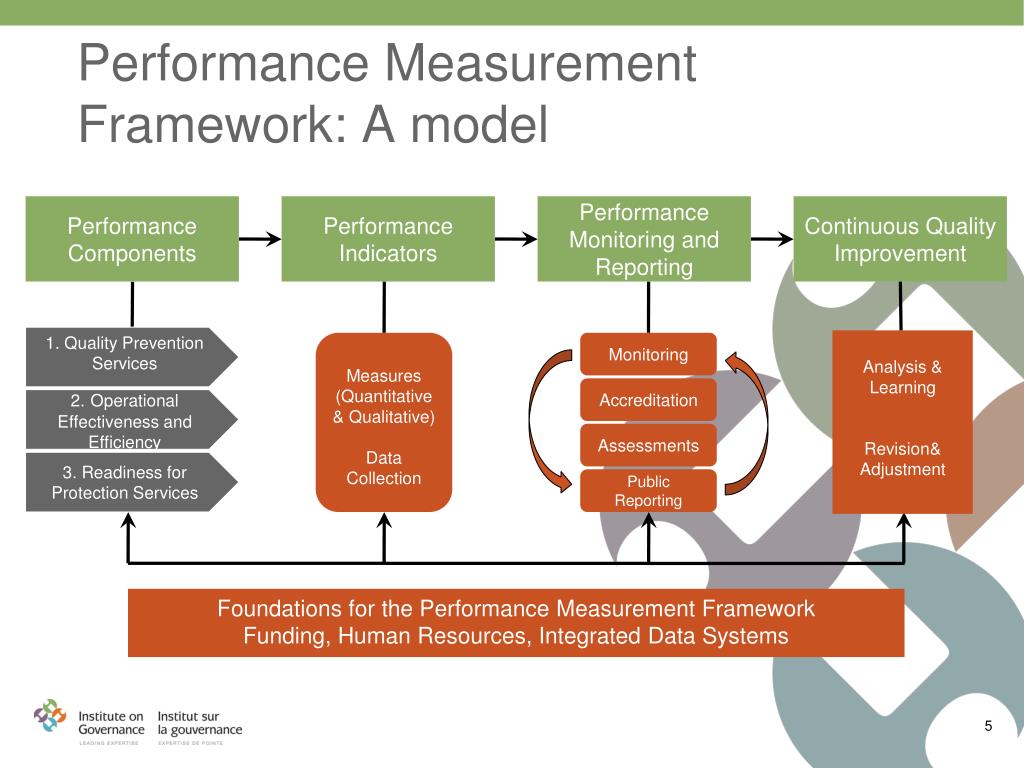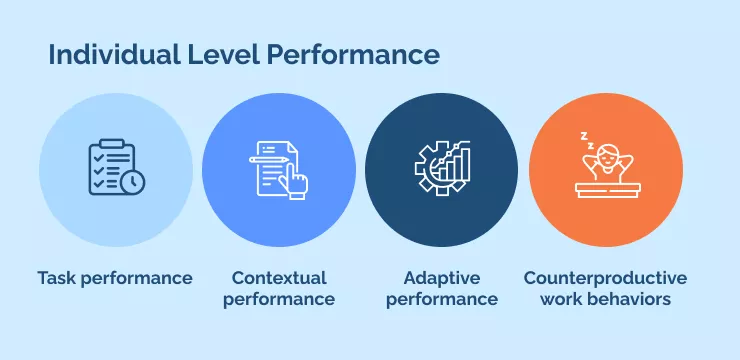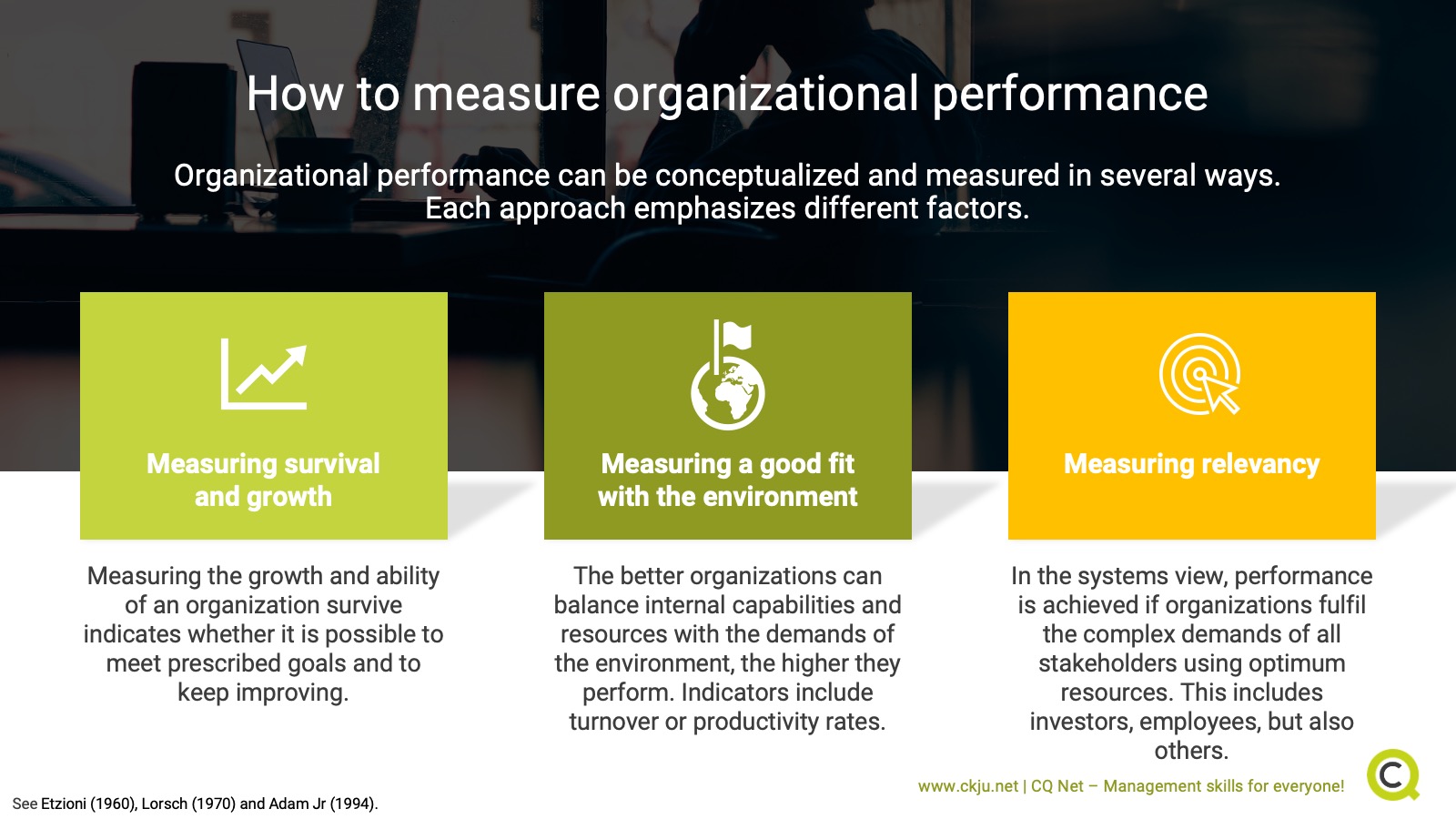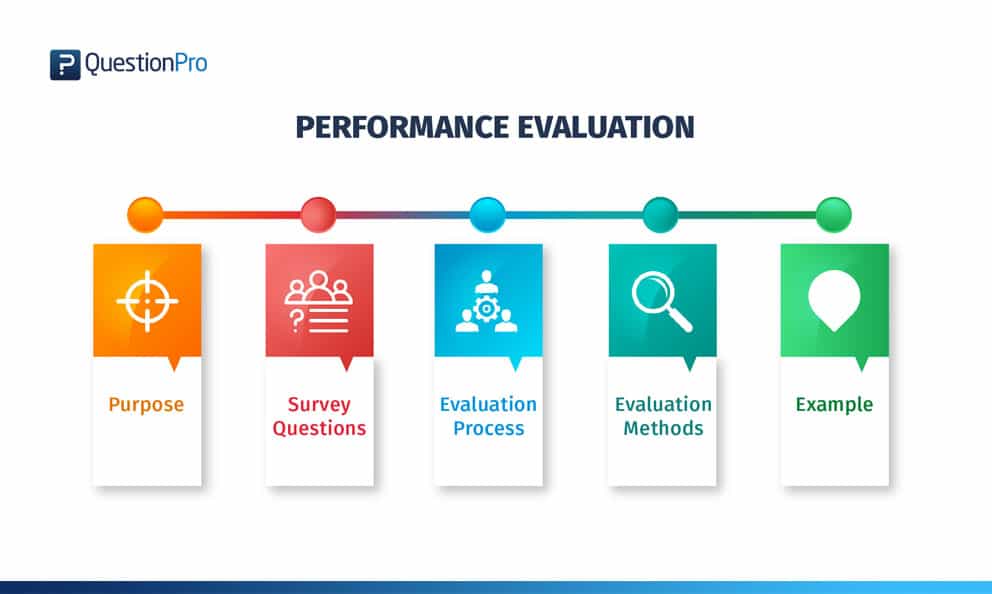How To Measure Individual Performance

Performance metrics are critical, but how do we accurately gauge individual contributions? New strategies are emerging to sharpen the focus on measurable impact and fairness.
This report cuts through the noise to deliver actionable insights for effectively evaluating individual performance, covering key methods and their practical applications.
Defining Measurable Objectives
Begin with setting SMART goals: Specific, Measurable, Achievable, Relevant, and Time-bound. For example, instead of "improve customer satisfaction," aim for "increase customer satisfaction scores by 15% by Q4."
Clearly defined objectives provide a concrete foundation for assessment. This makes evaluations objective and less susceptible to bias.
Key Performance Indicators (KPIs)
Identify KPIs directly tied to individual responsibilities. Sales teams might track revenue generated, while marketing focuses on lead conversion rates.
According to a recent study by Gartner, companies using data-driven KPIs see a 24% improvement in performance outcomes. KPIs must be relevant to the role's impact on company goals.
Performance Review Methods
360-degree feedback gathers input from peers, supervisors, and subordinates. This provides a holistic view of an individual's strengths and weaknesses.
Regular one-on-one meetings are crucial for providing continuous feedback. Document these discussions and any agreed-upon action items.
Self-assessments allow employees to reflect on their performance. Comparing these with manager assessments highlights areas of alignment or discrepancy.
Tools and Technologies
Performance management software streamlines the evaluation process. Many platforms offer features for goal setting, tracking progress, and automated reporting.
Data analytics tools help identify trends and patterns in performance data. These insights can inform development plans and resource allocation.
Addressing Bias and Fairness
Implement standardized evaluation criteria to minimize subjective judgment. Train managers on recognizing and mitigating unconscious biases.
According to SHRM, transparent performance review processes increase employee trust and engagement. Regularly audit performance data to ensure fairness across demographics.
Examples in Practice
At Google, the OKR (Objectives and Key Results) framework is widely used to track individual and team performance. This promotes transparency and accountability.
Netflix emphasizes a culture of radical candor, encouraging open and honest feedback. This cultivates a growth mindset and continuous improvement.
Quantifying Qualitative Contributions
Even roles involving qualitative tasks, such as content creation or project management, can be measured. Track engagement metrics or project completion rates.
Use rubrics to evaluate qualitative outputs. This provides a clear framework for assessing quality and consistency.
Next Steps
Implement these strategies incrementally, starting with a pilot program. Regularly review and refine your performance management system based on feedback and data.
Stay informed about evolving best practices in performance measurement. Continuous improvement is key to maximizing individual and organizational performance.
